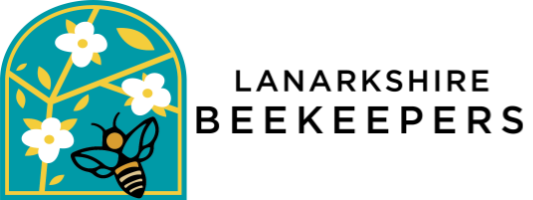Beekeeping Year
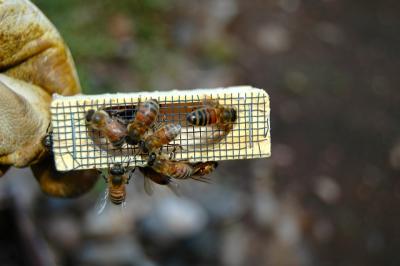
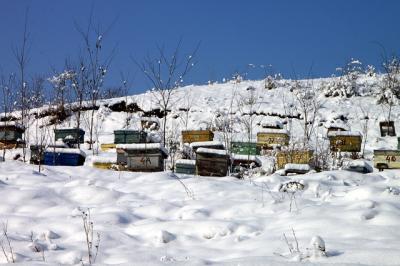
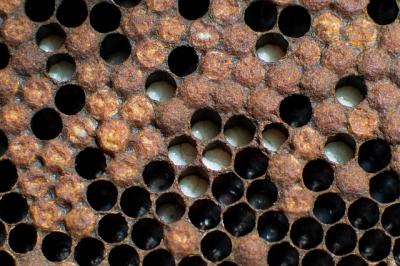
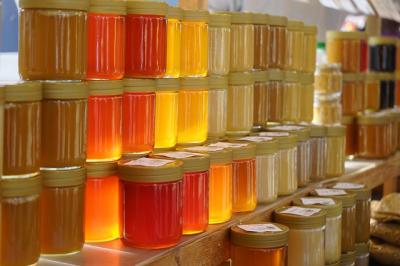
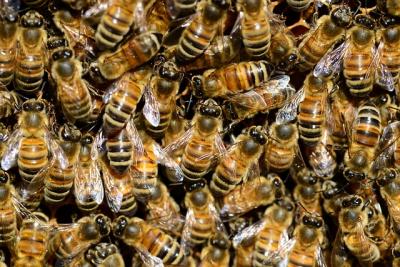
THE WORKER BEES ATE WORKING ON THE CONTENT OF THIS PAGE
August
- Remove Honey
- Start Verroa Treatment
September
October
- Brood rearing ceases
- Stop liquid feeding
- Reduce entrance size and fit mouse guard
- Clean honey extracting equiment
November
- make sure the hives are wind and water tight
December
- Verroa treatment
January
- Add fondant if required
- Check hives are still wind and water tight
February
- Queen start to lay
- Check floor for verroa
March
- The colony will be developing a a large brood nest. This is a critical month for the colony as many colonies starve during March because they where unable to put down enough stores in the autumn
- Heft the hive to check that there is sifficent stores and add some feed if requied
- Remove any mouse guards
- If the weather is right you will start to see some bee flying gather pollen from the early flowers e.g. snow drops, crocus etc.
April
- Brood rearing increases and the bees are more active
- First detailed hive inspection (only on a warm calm day)
- Spring clean the hive
- Mark any un marked queens
May
- There maybe the opportunity to gather some honey
- Ensure hat there is enough room for the queen to lay
- Add queen excluder and add supers
- Start of the swarming season to start weekly inspections
June
- Be prepared to add some feed to get the colony through the June gap i.e. the transition from spring to summer flowering plants
- Make sure the bees have access to water
- Hight of the swariming season
July
- Watch out for robbing
- The likelyhood of swarming is reduced but if a colony does swarm it will need help to establish its self if it is to get through the winter
- Start to take off surplus honey from thesupers
- Good month to re-queen
